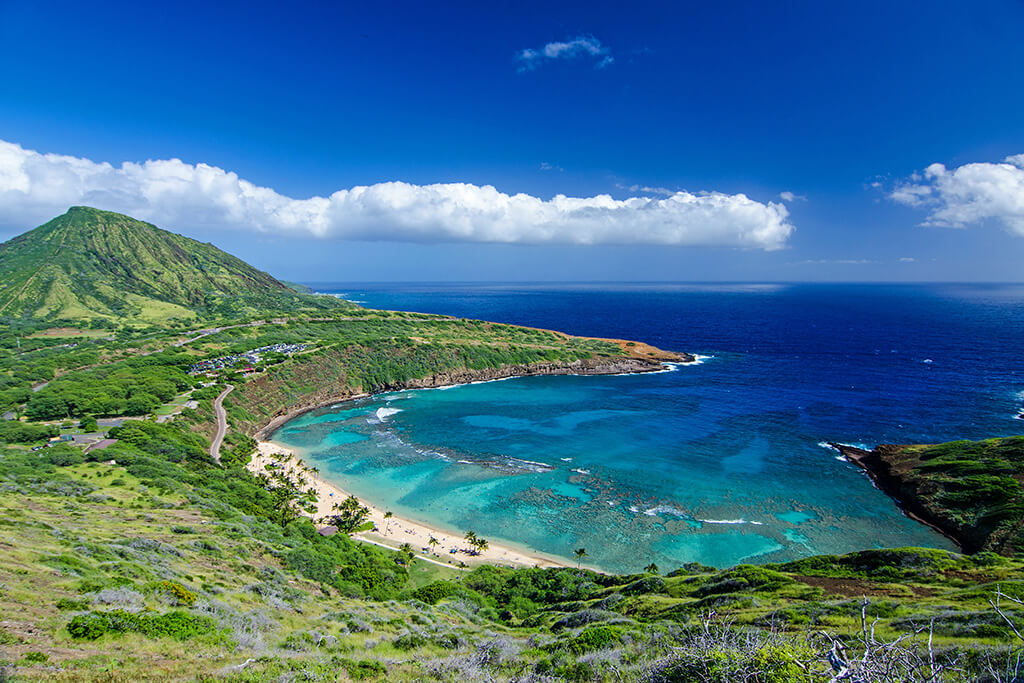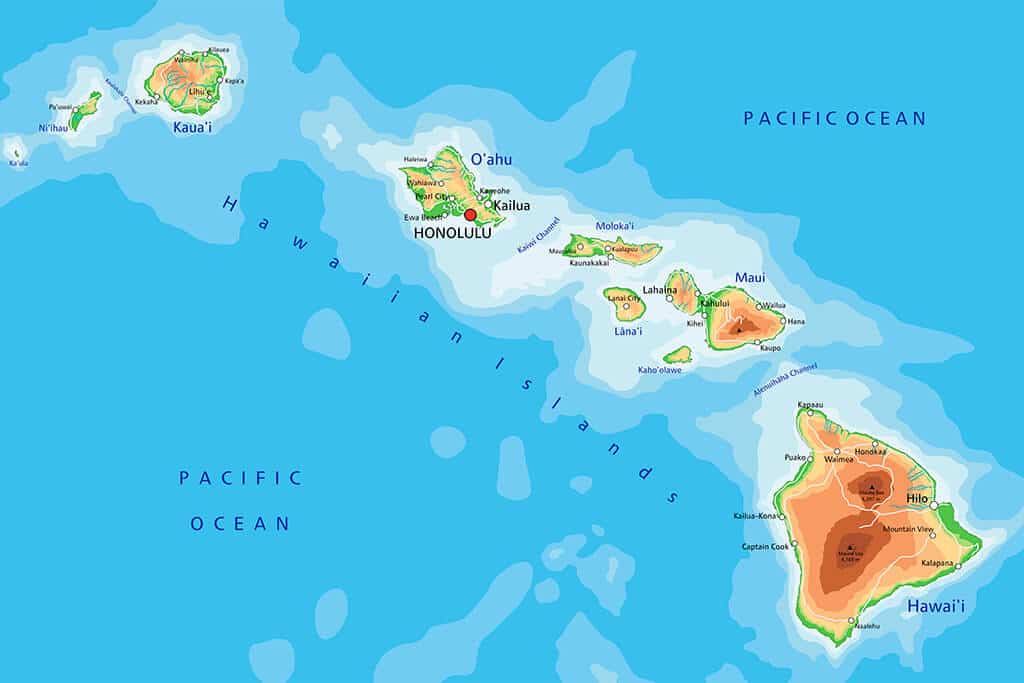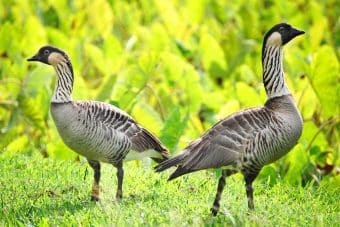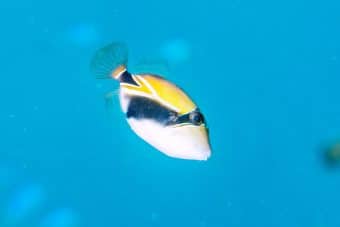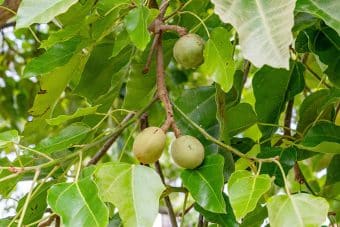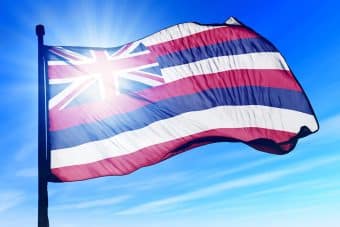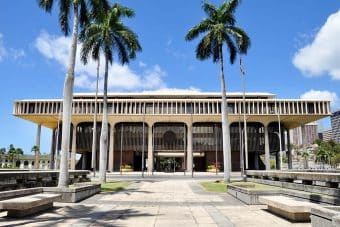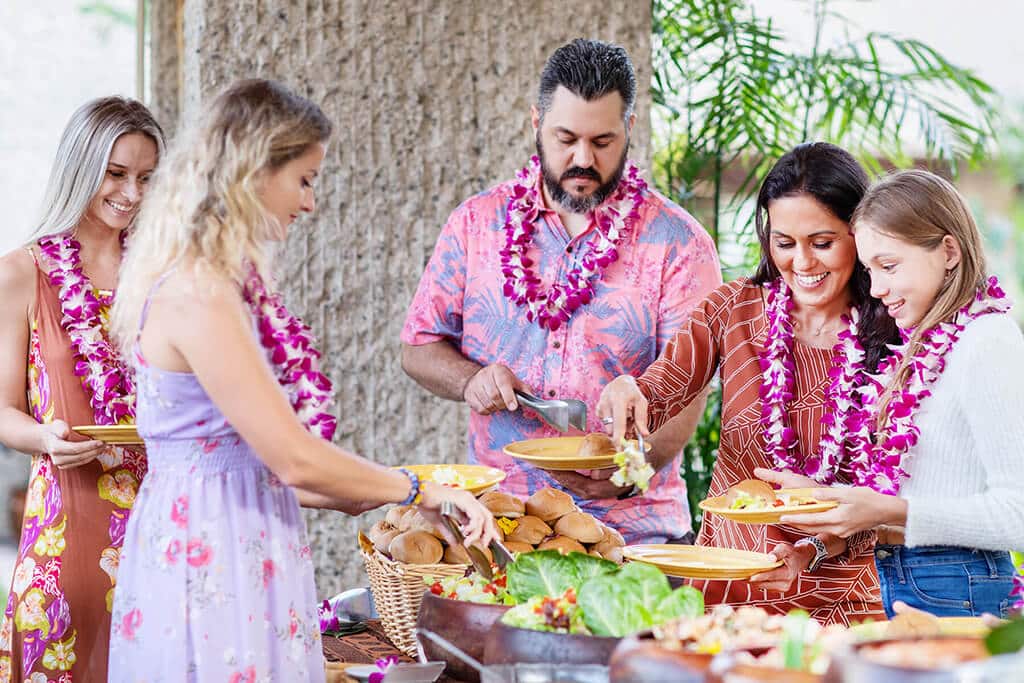Fun Facts About Hawaii
Hawaii has a way of sticking with people. Maybe it’s the scenery, maybe it’s the slower pace, or maybe it’s that moment on the beach when you realize your phone’s been in your bag all day and you don’t even care. Whatever the reason, the islands leave an impression. And the more you learn about Hawaii, the more there is to love.
This is a place where every island has its own flower. Where the state fish has a name that’s almost a full sentence. Where coffee grows on volcanic soil and rainforests get more than 450 inches of rain a year. It’s layered, it’s lively, and it’s full of beauty that make you look twice.
Ahead, we’ve pulled together some of the most fun facts about Hawaii’s geography, culture, and state symbols, including which island is known as the Forbidden Isle, and which one has its own pineapple-fueled history.
Whether you’re prepping for your first visit or just want to know more about what makes Hawaii special, here’s a little something to get you started.
How Many Islands Are in Hawaii?
You probably know Hawaii as a tropical getaway, but its geography is more complex than it looks on a postcard. What most people think of as one destination is actually a vast stretch of land and sea—one of the most remote archipelagos in the world. That distance from everything else has shaped not only how the islands look, but how people live, travel, and connect here.
Hawaii is made up of 137 islands total, but only eight are considered “main” islands, and just six of those see regular visitors. The full count includes small islets, reefs, and atolls that extend across 1,500 miles of Pacific Ocean. It’s an enormous, scattered chain that covers more ground than you might expect.
Those eight core islands are, from largest to smallest: Hawaiʻi (also called the Big Island), Maui, Oʻahu, Kauaʻi, Molokaʻi, Lānaʻi, Niʻihau, and Kahoʻolawe. Each one has its own feel. Some are wild and windy, others are calm and green. A few are developed with cities and resorts, while others have no public access at all.
Many travelers head straight to Oʻahu or Maui, but even just reading up on the rest gives you a better sense of what Hawaii really is. The variety is stunning, with coastlines, mountains, and ecosystems changing dramatically from one island to the next. You’ll find black sand beaches, dormant volcanoes, alpine trails, and coral reefs, sometimes all in the same day. And because Hawaii is more than 2,000 miles from the nearest continent, that separation has created a culture and lifestyle unlike anywhere else.
The islands’ landscapes are constantly shifting. Volcanic activity continues to reshape parts of the Big Island, while coastal erosion reveals new shoreline on others. It’s dramatic, and absolutely brimming with life. That natural movement affects everything from agriculture to how people build homes and roads. That said, Hawaii is far from static, and neither is your experience of its islands.
Meet Some of the Main Islands
Each island has a different energy, and getting familiar with the main islands is a great way to understand how diverse Hawaii really is. Plus, choosing where to visit depends entirely on what kind of experience you’re after. This quick run down should give you a bit of insight into as to what to expect from each.
- Hawaiʻi – The Big Island
Largest in size and youngest in age, the Big Island is home to two active volcanoes and a surprisingly wide range of climates. Think lava deserts, rainforests, snowy peaks, and sunny beaches, sometimes all in one drive. - Maui – The Valley Isle
Known for the scenic Road to Hāna, humpback whale sightings, waterfalls, and the sunrise over Haleakalā, Maui blends luxury with rugged adventure. - Oʻahu – The Gathering Place
With Honolulu, Waikīkī, and the North Shore, Oʻahu has the state’s biggest population and most iconic attractions, including Iolani Palace, the only official royal residence in the United States. City life and surf culture collide here. - Kauaʻi – The Garden Isle
Kauaʻi is Hawaii’s oldest island and also one of the greenest, with towering cliffs, hidden caves, and a laid-back pace that attracts nature lovers. - Molokaʻi – The Friendly Isle
This island stays close to its roots. Small towns, big cliffs, and strong cultural traditions define life here. - Lānaʻi – The Pineapple Isle
Once dominated by pineapple farming, Lānaʻi is now best known for its high-end resorts and off-the-grid tranquility. - Niʻihau – The Forbidden Isle
Privately owned and generally closed to outsiders, Niʻihau has no paved roads and is home to fewer than 100 residents who maintain a traditional lifestyle. - Kahoʻolawe – The Target Isle
This uninhabited island was once used for military training and is now the focus of environmental restoration efforts.
State Symbols Worth Knowing
Hawaii’s state symbols offer a window into the culture, history, and environment that shape daily life here. The yellow hibiscus, the reef triggerfish, the native bird species. Each was chosen with intention and reflects something rooted in the islands themselves.
The same goes for the flowers and colors linked to each island. You’ll see these pairings during parades, at local events, and woven into leis given during important moments. They’re so much more than decoration. They’re part of how people here express identity, celebrate the land, and pass on stories. Learning them adds a new perspective for how you can experience the islands.
Here’s a closer look at a few of the official state symbols that give Hawaii its distinct character:
- State Flower
Yellow hibiscus (Hibiscus brackenridgei) is native to Hawaii and found on all major islands. Its bright color and bold shape make it a standout. - State Bird
The nēnē, or Hawaiian goose, was once nearly extinct. Thanks to conservation efforts, its numbers have been slowly rising, especially on the Big Island and Kauaʻi. - State Fish
The humuhumunukunukuāpuaʻa (reef triggerfish) is famous for its long name, which means “fish with a snout like a pig.” It’s colorful, reef-dwelling, and fun to say once you get the hang of it. - State Tree
The kukui, or candlenut tree, has glossy leaves and nuts once used to light lamps. It symbolizes enlightenment and protection in Hawaiian culture. - State Song
“Hawaiʻi Ponoʻī” was written by King Kalākaua and honors the monarchy and heritage of the islands.
Local Colors and Flowers by Island
One of the most unique fun facts about Hawaii is that each island has its own official flower and color, too. It’s something you’ll spot in everything from parade outfits to ceremonial leis. Locals often wear or decorate with their island’s color during festivals or hometown events, and the flowers themselves are deeply tied to each island’s landscape and traditions.
These pairings reflect both natural beauty and a sense of identity, with each one telling a story about where it comes from. It’s a small detail, but one that adds a vivid splash of meaning across the islands.
Here’s how they break down:
- Hawaiʻi: Red – Lehua ʻŌhiʻa
- Maui: Pink – Lokelani rose
- Oʻahu: Yellow – ʻIlima
- Kauaʻi: Purple – Mokihana
- Molokaʻi: Green – Kukui
- Lānaʻi: Orange – Kaunaʻoa
- Niʻihau: White – Pūpū shell
- Kahoʻolawe: Gray – Hinahina
Fast Facts That Might Surprise You
Want a few more fun facts about Hawaii to impress your friends with? Here are some of our favorites!
- Hawaii has no billboards. That’s right, they’re banned to preserve natural beauty.
- It’s the only U.S. state with two official languages: Hawaiian and English.
- The islands sit on a hotspot in the Earth’s crust, which is why the Big Island keeps growing.
- Coffee, macadamia nuts, and pineapples are all grown here, but only Kona coffee carries that specific regional label.
- The wettest place on Earth, Mount Waiʻaleʻale, is on Kauaʻi.
- Hawaii’s state capital, Honolulu, is the largest city in the world by area, thanks to the way its jurisdiction includes miles of surrounding ocean.
Hawaii is A Place That Stays With You
Hawaii may be part of the U.S., but spending time here quickly shows you how different it is from any other state. The pace moves slower, the air feels softer, and people tend to notice the little things, like how plumeria smells at the end of the day or how the ocean changes color throughout the day. It takes a minute to adjust, but once you do, it’s hard to imagine rushing through life again.
There’s a strong sense of place here. You’ll hear it in the language, see it in the food, and feel it in how people show respect, to each other, to the land, and to tradition. Some of that comes through in obvious ways, like a luau. Other times, it’s quieter, in a flower tucked behind someone’s ear or from a nod of recognition on a hiking trail.
You can come to Hawaii and just see the sights. But if you’re even a little curious, you’ll start noticing the details – and learning a few fun facts about Hawaii is a good way to start seeing what makes this place so special. The more you learn, the more connected you feel when you visit!
Sources:
- https://en.wikipedia.org/wiki/List_of_islands_of_Hawaii#:~:text=The%20state%20of%20Hawaii%20officially,%2C%20coral%20reefs%2C%20and%20atolls
- https://royalstarhawaii.com/oahu-activities
- https://www.merriemonarch.com/history/
- https://hawaii.com/mount-waialeale-one-of-the-wettest-spots-on-earth/
- https://royalstarhawaii.com/oahu-activities/rock-a-hula-luau-buffet-show
Sign up to receive special offers!
By submitting this form, you are consenting to receive marketing emails from: Royal Star Hawaii, 2277 Kamehameha Highway, Honolulu, HI, 96819-2309, US, http://www.2510.royalstarhawaii.com. You can revoke your consent to receive emails at any time by using the SafeUnsubscribe® link, found at the bottom of every email. Emails are serviced by Constant Contact.

